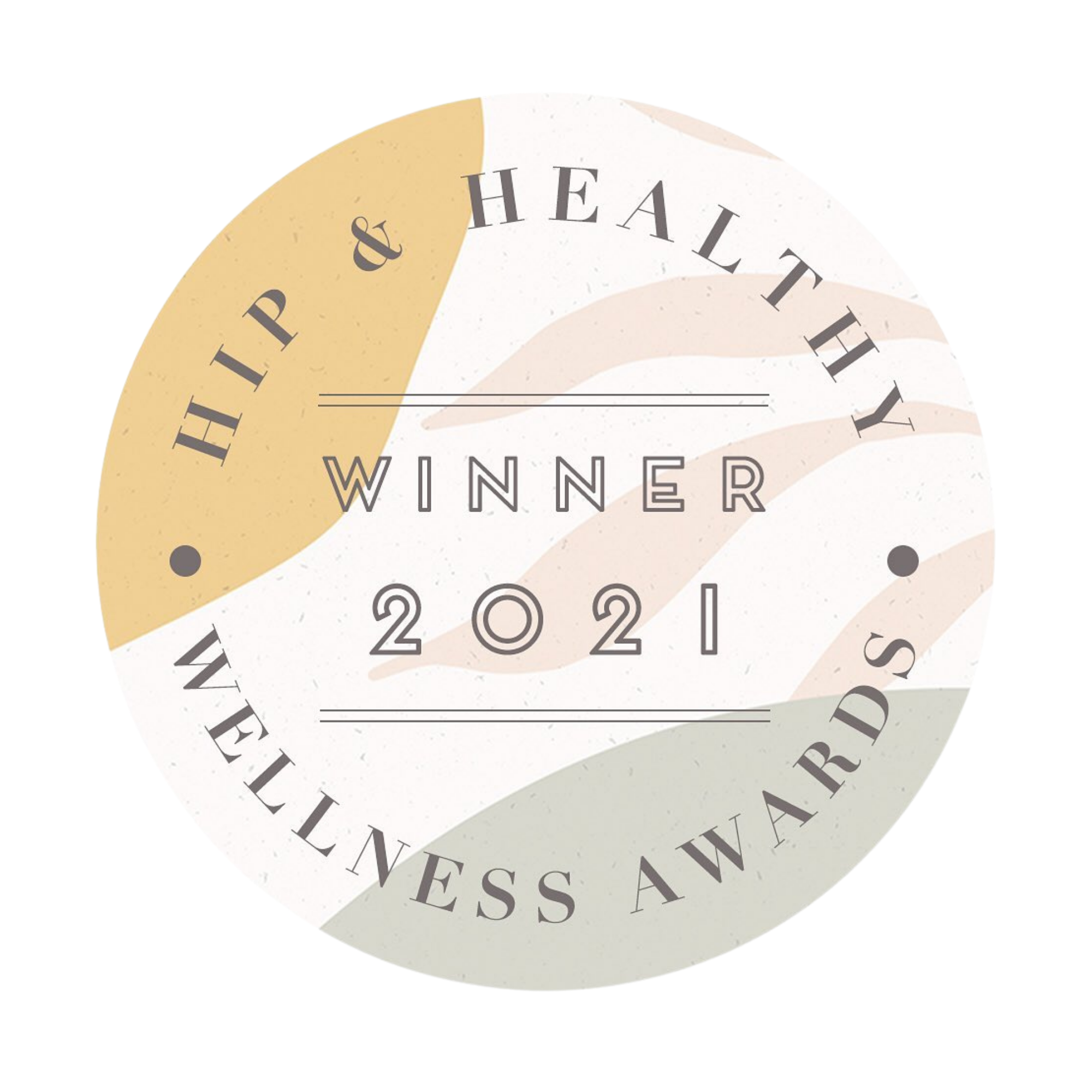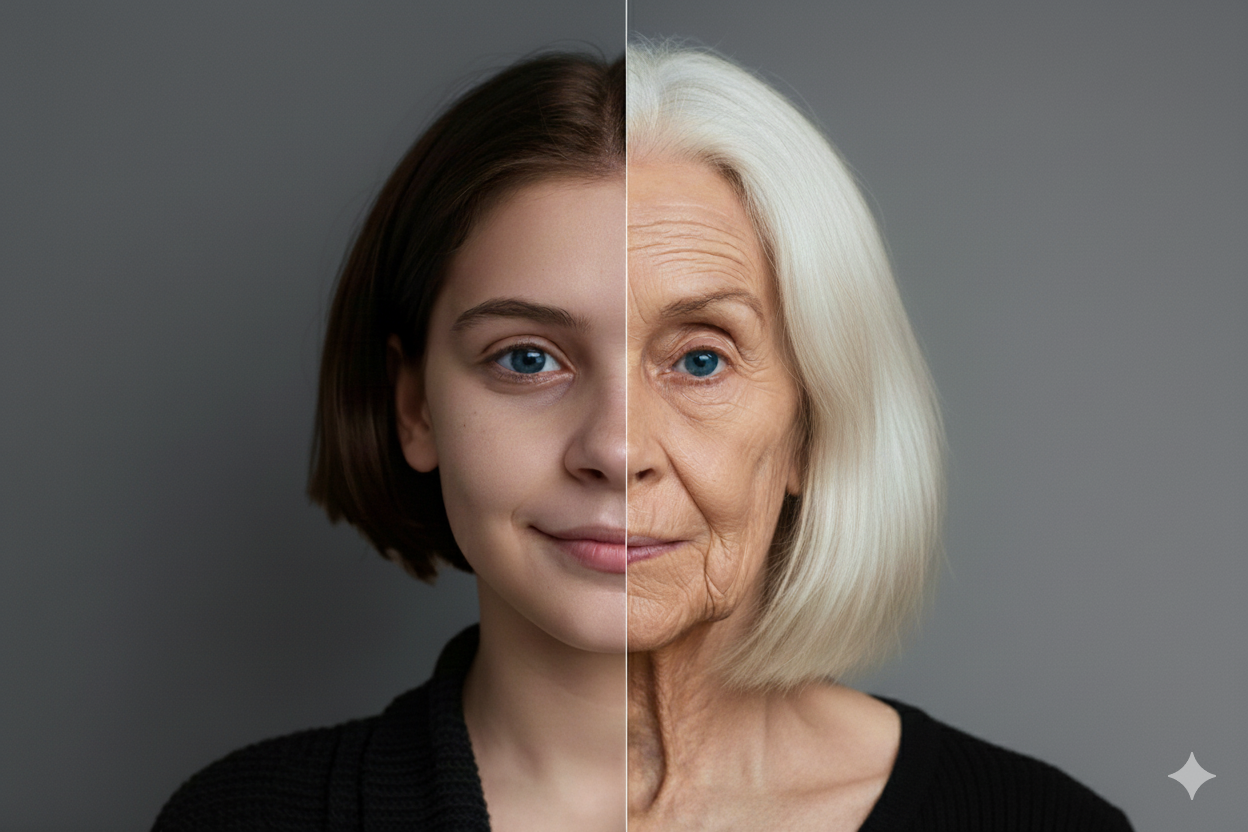
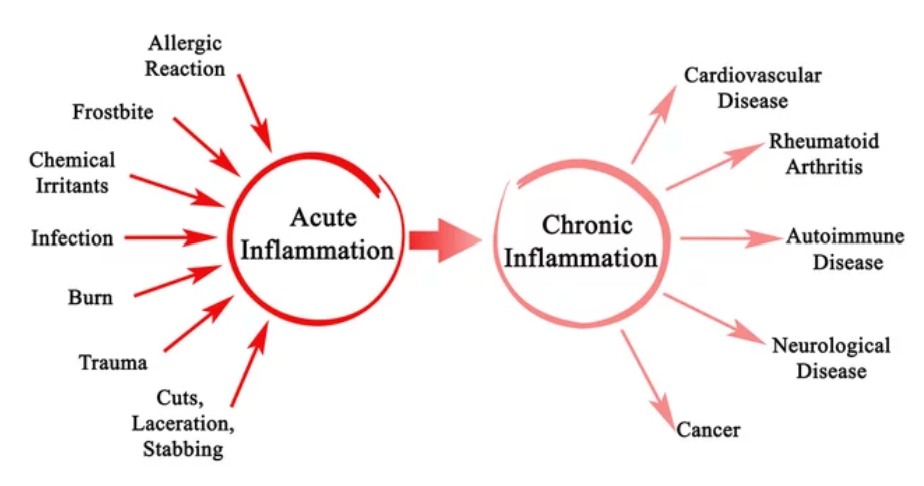
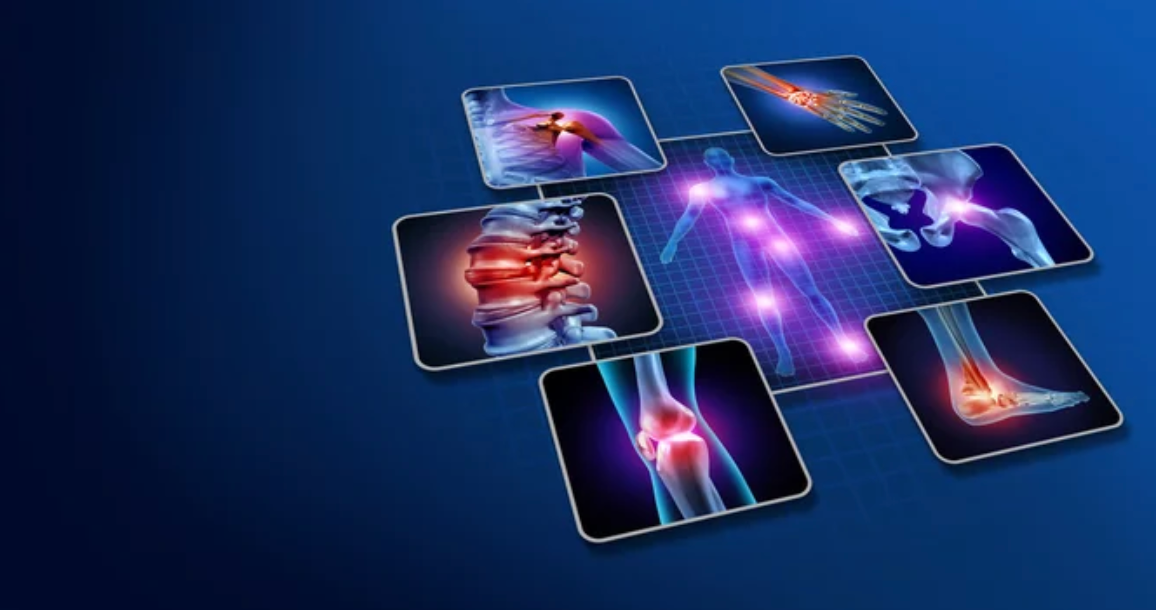
While acute inflammation is typically beneficial and resolves once the underlying cause is eliminated, chronic inflammation can be harmful and contribute to various diseases such as arthritis, asthma and cardiovascular conditions.
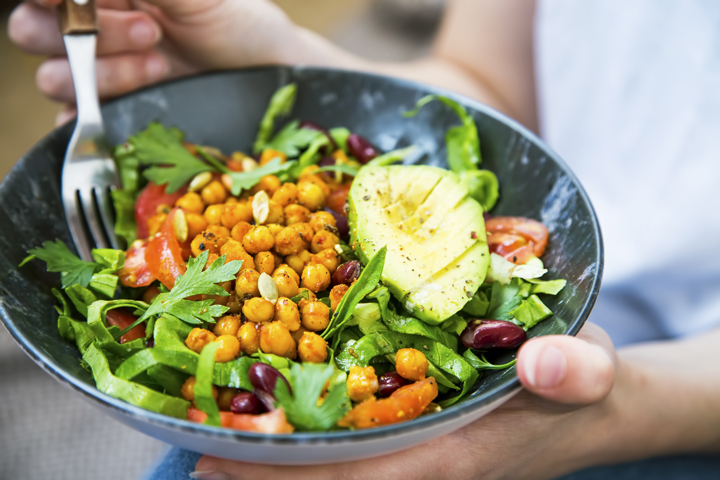

How to buy a Body Ballancer®
Find Out moreThe Link Between Lymphatic Health and Inflammaging
In our quest for eternal youth and vitality, the term “inflammaging” (also ‘inflammageing” or ‘inflam-aging’) is cropping up more and more. This amalgamation of “inflammation” and “ageing” refers to a chronic, low-grade inflammatory state that intensifies with age, contributing to various health issues. As we age, our body’s ability to regulate inflammation diminishes, leading to a cascade of detrimental effects. But fear not, understanding inflammaging and implementing targeted strategies can mitigate its impact on our well-being.
Firstly, what is inflammation?
Inflammation is the body’s natural response to injury, infection, or irritation. It is a complex biological process involving the immune system, blood vessels, and various signalling molecules. When tissue becomes damaged or infected, the body initiates inflammation as a protective mechanism to remove harmful stimuli and initiate the healing process. Classic signs of inflammation include redness, heat, swelling, pain and loss of function in the affected area.
While acute inflammation is typically beneficial and resolves once the underlying cause is eliminated, chronic inflammation can be harmful and contribute to various diseases such as arthritis, asthma and cardiovascular conditions.
So what is inflammaging?
Inflammaging is a complex phenomenon characterised by chronic inflammation within the body. Many older individuals develop inflammaging, a condition characterised by elevated levels of blood inflammatory markers which carries high susceptibility to chronic disease, disability, frailty, and even premature death. Potential causes of inflammaging include genetic susceptibility, an excess of visceral fat, increased gut permeability, changes to the gut microbiome, oxidative stress and chronic infections.
As inflammation persists over time, it damages tissues, accelerates ageing processes, and increases the risk of developing chronic diseases such as cardiovascular diseases, diabetes, cancer, arthritis, depression, loss of muscle mass and even neurodegenerative conditions like Alzheimer’s disease.
Signs and Symptoms of Inflammaging
Recognising the signs of inflammaging is crucial for early intervention. While some symptoms manifest internally, others leave visible cues on our skin, hair, and overall appearance:
Internal Signs:
- Persistent fatigue
- Joint stiffness and discomfort
- Digestive disturbances
- Increased susceptibility to infections
Aesthetic Signals:
- Dull, uneven skin tone
- Premature wrinkles and fine lines
- Thinning or lacklustre hair
- Puffiness or bloating, especially around the face and abdomen
Managing Inflammaging with Lymphatic Drainage
Lymphatic drainage treatments offer promising avenues for combating inflammaging. These therapies target the lymphatic system, a crucial component of the body’s immune system responsible for eliminating toxins, waste, and excess fluid. Here’s how they help alleviate the effects of inflammaging:
Manual Lymphatic Drainage:
- Stimulates lymphatic circulation, enhancing toxin removal
- Reduces inflammation by promoting the flow of lymph fluid
- Improves tissue oxygenation and nutrient delivery, aiding cellular repair and regeneration
Lymphatic drainage using the Body Ballancer®
- Mimics the effects of manual lymphatic drainage through sequential pneumatic compression
- Enhances lymphatic function, reducing fluid retention and bloating
- Encourages detoxification and waste elimination, supporting overall wellness
Five Health Tips to Combat Inflammaging
- Adopt an Anti-inflammatory Diet: Incorporate plenty of fruits, vegetables, lean proteins, and healthy fats while minimising processed foods, refined sugars, and trans fats.
- Stay Active: Engage in regular exercise to boost circulation, reduce inflammation, and maintain joint flexibility. Aim for a combination of cardiovascular, strength training, and flexibility exercises.
- Prioritise Stress Management: Practice relaxation techniques such as meditation, yoga, deep breathing exercises, or hobbies to mitigate the harmful effects of chronic stress on inflammation.
- Ensure Adequate Sleep: Prioritize quality sleep to support immune function, tissue repair, and hormonal balance. Maintain a consistent sleep schedule and create a conducive sleep environment.
- Invest in Lymphatic Drainage Massage or Compression Therapy: Incorporate regular sessions of lymphatic drainage massage or compression therapy using devices like the Body Ballancer to enhance lymphatic function, reduce inflammation, and promote overall well-being.
In conclusion, understanding inflammaging empowers us to take proactive steps towards mitigating its effects on our health and vitality. By adopting a holistic approach encompassing diet, lifestyle modifications, and targeted therapies like lymphatic drainage massage and compression therapy, we can embrace aging gracefully while optimising our well-being.
References:
Calder, P. C., Bosco, N., Bourdet-Sicard, R., Capuron, L., Delzenne, N., Doré, J., … & Visioli, F. (2017). Health relevance of the modification of low grade inflammation in ageing (inflammageing) and the role of nutrition. Ageing research reviews, 40, 95-119.
Karolczak, K., & Konior, A. (2021). Pressotherapy–a method supporting the treatment of lymphatic stasis in aesthetic medicine. Archives of Physiotherapy and Global Research, 25(1), 73-76.
Rodríguez-Perea, A. L., Arcia, E. D., & Rueda, C. M. (2017). High endothelial venules: A tertiary lymphoid organ in the inflamed central nervous system. Inflammation and Regeneration, 37(1), 18.
